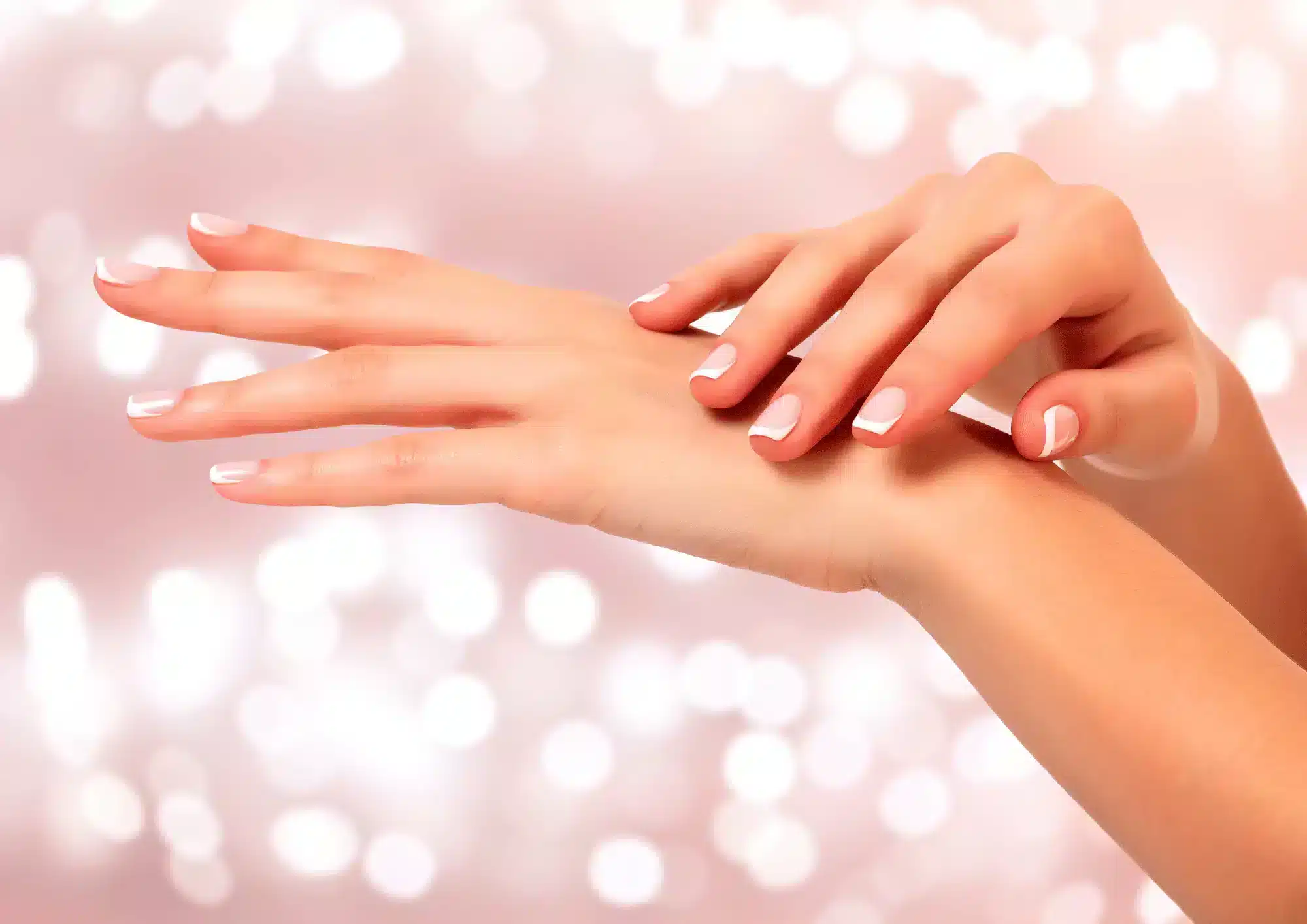Aging negatively affects the hands aesthetically, causing the accentuation of the veins and crepe-like skin. These changes are due to the loss of volume, hydration, and elasticity, which makes this area a common source of concern. Traditional treatments were invasive and have always been limited in their scope and success rate, but this has changed with the advent of cosmetic fillers. However, one major drawback of common cosmetic fillers is their relatively short duration of action. The aim of hand rejuvenation is to restore volume to plump the hand, hence giving it a youthful appearance. However, this is challenging due to the fact that the muscle and tendons of the hands are always moving, which hastens the degradation of filler products.
Advantages of Radiesse for hand rejuvenation
The fillers from Radiesse are made of calcium hydroxylapatite, a calcium derivative that is normally found in the bones and teeth of humans. This attribute makes the material biocompatible and is therefore associated with non-immunogenicity. As such, it has been recognized as a suitable treatment for hand rejuvenation, with doctors reporting success with Radiesse treatments on the hand soon after it was FDA approved.
Indeed, Radiesse has advantages that make it the ideal filler for treating the hands. In hand recontouring, a filler must only be able to replenish volume lost from atrophy but should also be opaque so as to conceal the color of the veins and tendons in this area. Radiesse is white and opaque, and it has the optimal physical characteristics in terms of viscosity, smoothness, and elasticity to appropriately correct the signs of aging in the hand.
Injection procedure: professional tips
Radiesse can be mixed with 0.5ml of 2% lidocaine before being injected into the hands. This step not only provides enhanced comfort to the patient, but it also changes the viscosity and extrusion force of the filler, resulting in a more malleable and mouldable filler that is easier to inject. Radiesse should be injected into an area with no veins or tendons. Usually, a bolus of Radiesse is injected along an imaginary line situated midway between the dorsal crease of the wrist and the metacarpophalangeal joints at a position between the second and fifth metacarpal. This boundary can be modified, depending on the injector’s judgement.
For injection, the patient should be seated with their hands extended and, preferably, rested on a covered Mayo stand adjusted to the height of the patient’s knees. The skin to be treated in the area should be tented, which can be achieved by lifting the skin using smooth forceps or the thumb and forefinger of the noninjecting hand, so that the area is separated from the underlying veins and tendons. The point of entry is in the centre of the tent into the areolar plane, which is located between the superficial fascia and the subcutaneous fat. Using a 27-gauge needle, inject between two and four boluses (about 0.20.5ml each) of Radiesse across the dorsum of the hand, as described above.
Conclusion
Clinical experience with fillers made of analogous fat, collagen, and hyaluronic acid has shown that these products have numerous drawbacks when it comes to treating the hands. Chief among them is brevity of duration, with the results of treatment with these products typically lasting no longer than three months. Radiesse is uniquely suitable for hand rejuvenation due to its physical characteristics, especially its opacity, and its comparatively extended longevity, with results lasting an average of six month and beyond.





